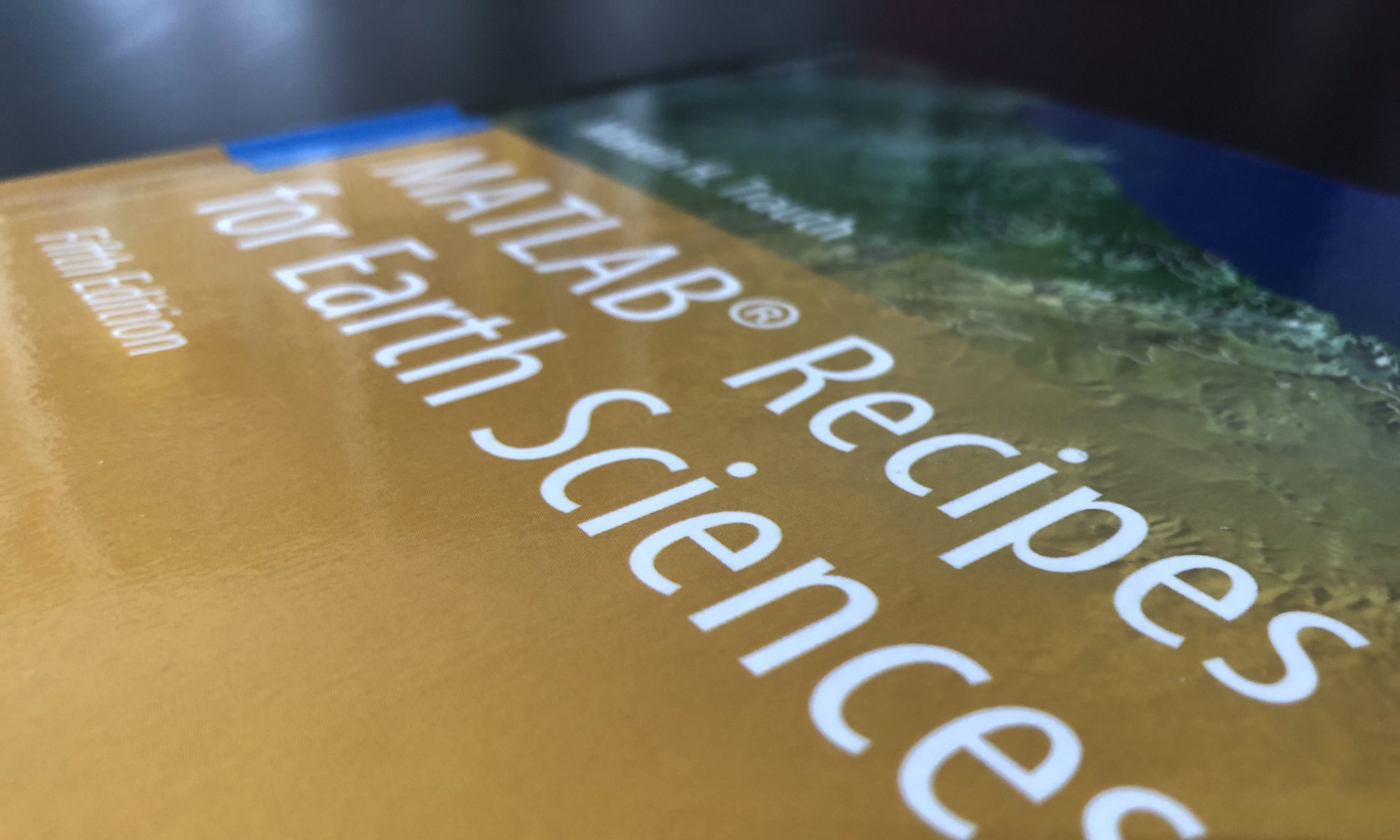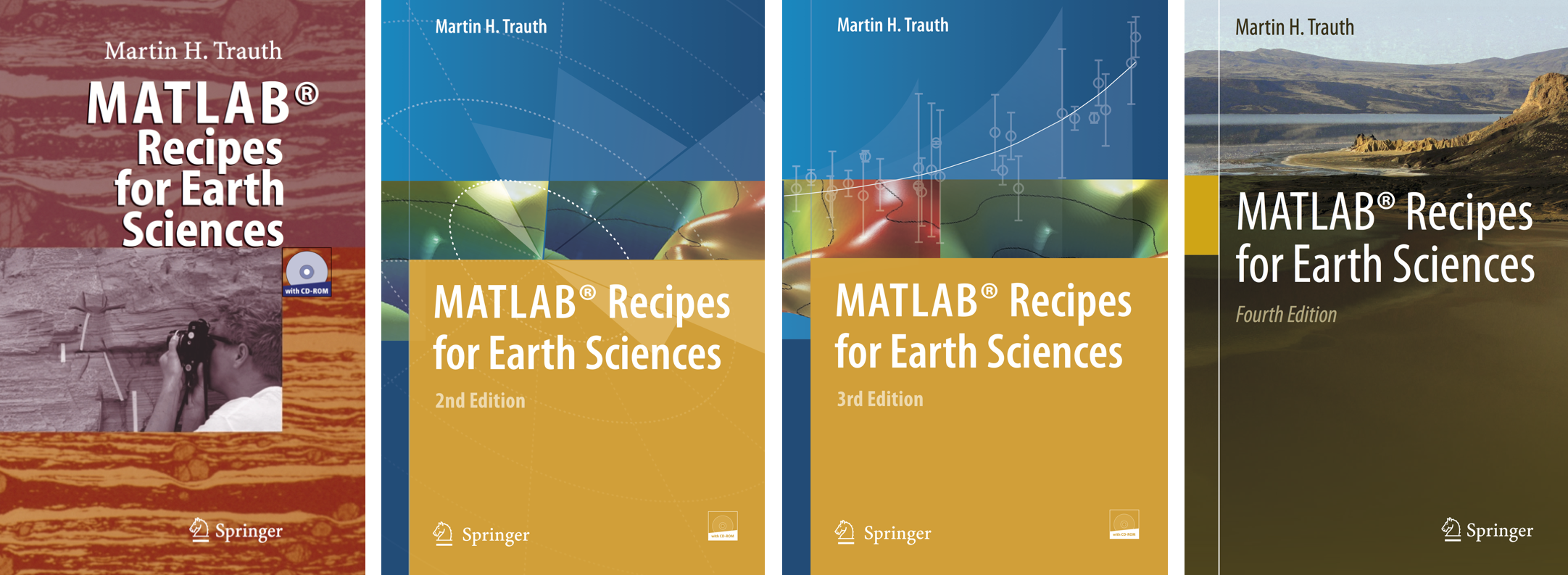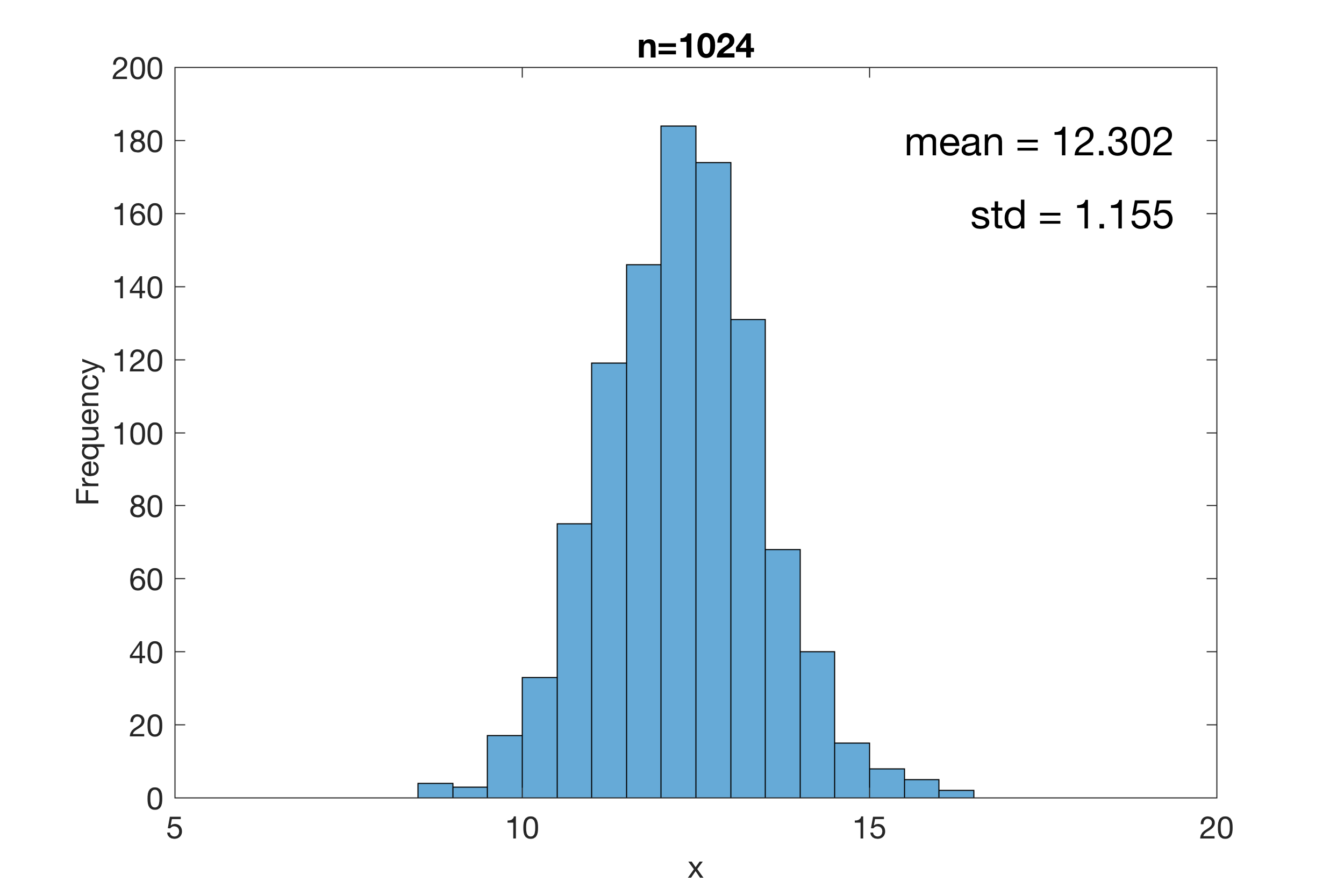The free 1-arc minute Shuttle Radar Topography Mission (SRTM) data are very popular digital terrain models (DEM). Here is a script for merging and visualizing multiple SRTM data sets to larger DEMs with MATLAB. Continue reading “Merging SRTM Files in MATLAB”
The Story of the MRES Book
The success of the MRES book surprised me. Wolfgang Engel, the late editor of Springer, obviously had a good nose after we first met at the AGU conference in San Francisco in December 2004. Here is the story to the book.
Sample Size: How Many is Enough?
What is a good sample size? How many replicate measurements do we need to make inferences about a population from the sample? There are scientific articles on this subject, such as the one by H.W. Austin (1983), of which the title of the blog post is borrowed. There is no universal answer to this question. It depends very much on the studied phenomenon and the requirements on the results. Here is a nice example of how MATLAB helps to get a sense of the relationship between sample size and quality of the result.
MathWorks Supports Curriculum Development
 MathWorks supports the curriculum development of the MATLAB/LEGO MINDSTORMS Environmental Remote Sensing Lab by Martin H. Trauth, in collaboration with Jens Tronicke and Bodo Bookhagen. Sebastian Gross, Senior Education Technical Specialist of MathWorks, advises us on all matters involving the development of the new curriculum. The course for undergraduate and graduate students aims to improve their skills to build efficient teams to solve typical problems in earth sciences in acquiring, processing and analyzing typical multispectral, geophysical and geometric data. The progress of course development as well as course materials will be provided on this blog.
MathWorks supports the curriculum development of the MATLAB/LEGO MINDSTORMS Environmental Remote Sensing Lab by Martin H. Trauth, in collaboration with Jens Tronicke and Bodo Bookhagen. Sebastian Gross, Senior Education Technical Specialist of MathWorks, advises us on all matters involving the development of the new curriculum. The course for undergraduate and graduate students aims to improve their skills to build efficient teams to solve typical problems in earth sciences in acquiring, processing and analyzing typical multispectral, geophysical and geometric data. The progress of course development as well as course materials will be provided on this blog.
SERC Teaching Geoscience with MATLAB
Lisa Kempler, MATLAB Community Strategist at MathWorks, runs a great website at the Science Education Resource Center (SERC) at Carleton College, Northfield, Minnesota USA. The website provides a collection of geoscience-related MATLAB applications. Continue reading “SERC Teaching Geoscience with MATLAB”
Outliers and Correlation Coefficients
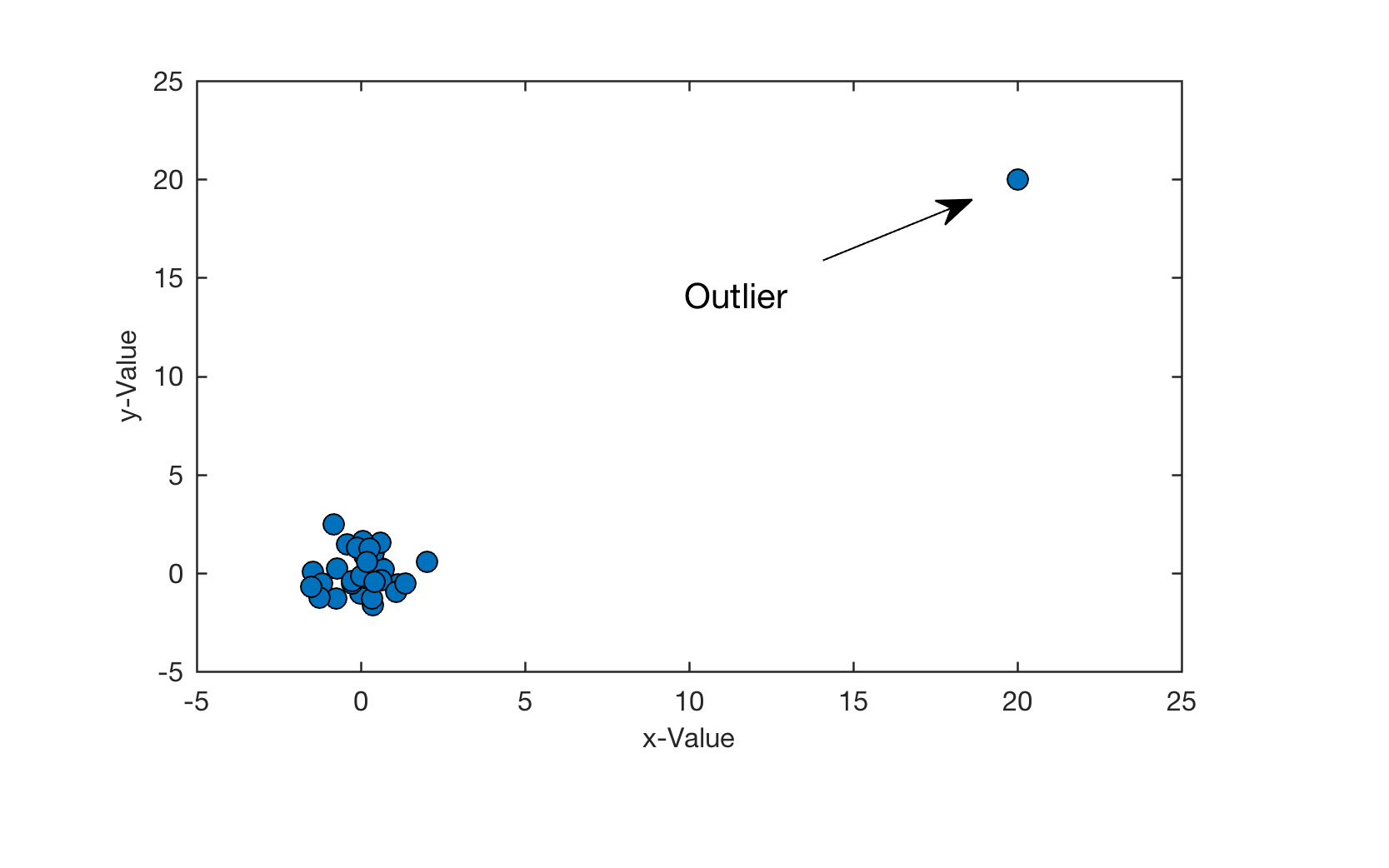 Pearson’s linear product-moment correlation coefficient is highly sensitive to outliers, as can be illustrated by the following example. Several alternatives exist, such as Spearman’s rank correlation coefficient and the Kendall’s tau rank correlation coefficient, both contained in the Statistics and Machine Learning Toolbox. Continue reading “Outliers and Correlation Coefficients”
Pearson’s linear product-moment correlation coefficient is highly sensitive to outliers, as can be illustrated by the following example. Several alternatives exist, such as Spearman’s rank correlation coefficient and the Kendall’s tau rank correlation coefficient, both contained in the Statistics and Machine Learning Toolbox. Continue reading “Outliers and Correlation Coefficients”
Creating Animated 3D Files with MATLAB
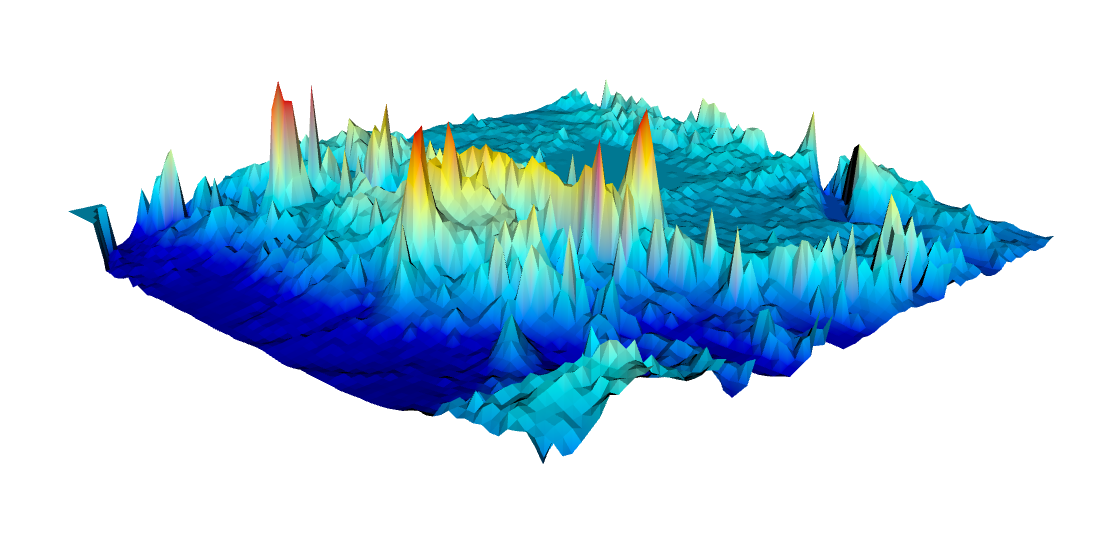
Since the introduction of electronic devices with touch controls, interactive 3D graphics objects have become increasingly popular in multimedia electronic books (ebooks). The Simulink 3D Animation available from The MathWorks, Inc. provides the necessary tools to create and export 3D graphics objects for inclusion in documents such as multimedia ebooks, interactive webpages, and presentations. Continue reading “Creating Animated 3D Files with MATLAB”
Creating Video Files with MATLAB
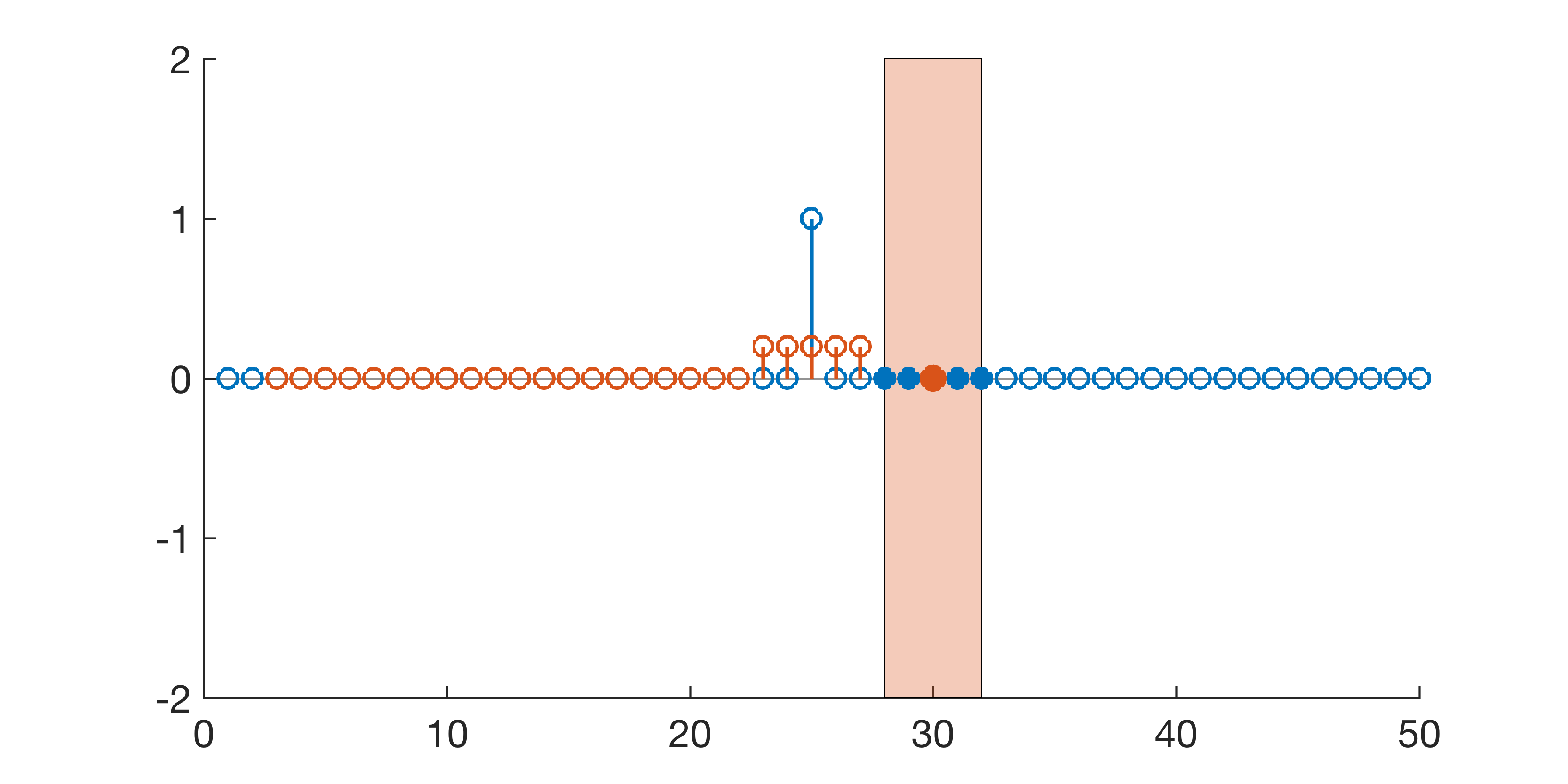
We can create video files, which we then integrate into multimedia publications. In principle, any video material can be used, such as recorded laboratory and field experiments, screen video captures or recorded computer animations. Here I demonstrate how to create a video of an animation with MATLAB.
